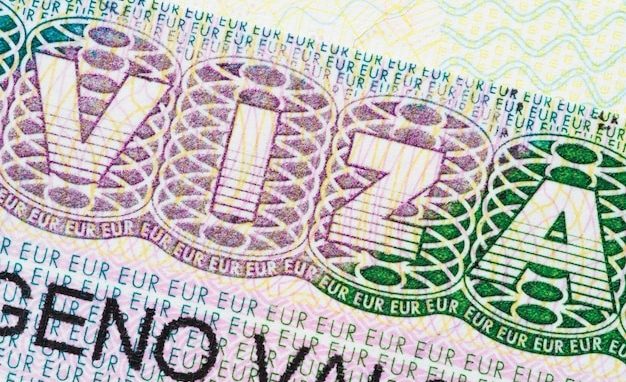What is a Schengen visa and what is the ETIAS entry authorization?

Recently, we've been hearing a lot about the Schengen visa and the ETIAS entry permit that we'll need to obtain in order to travel to Europe. Before that, we weren't completely aware of the whole Schengen system, but it turns out it's not new at all. So what's the expected change and why do those who hold a European passport now have a big advantage over Israelis who don't have a European passport? Let's clarify this issue once and for all.
The Schengen visa defines a visa that allows entry to the European Union countries for those who want to stay for up to 90 days out of a period of 180 days (i.e., about 3 months in each half-year) when the purpose of the stay is tourism or business, for example, and not work, study, or residence. Until now, Israelis who stayed in Europe for less than 3 months did not need any authorization, but this situation is about to change.
Starting in 2023 (the final date is not yet known, but it is the working assumption at the moment), Israelis who do not have a European passport will need a special entry authorization called ETIAS (which is actually the name of a European system for the identification and control of external tourism) before they cross the border to one of the Schengen countries, which is actually almost all the countries of the European Union: Germany, Austria, France, Greece, Spain, Portugal, Italy, Switzerland, Belgium, the Czech Republic, Slovakia, the Netherlands, Slovenia, Sweden, Norway, Denmark, Finland, Poland, Hungary, Iceland, Malta, Liechtenstein, Lithuania, Latvia, and Estonia.
The new European system ETIAS operates similarly to such systems in the US or Canada, and the goal is to enable tourists to obtain a visit authorization. The whole story began because of the security concern and against the background of the refugee crisis of 2016. The European countries felt that they wanted much more strict control over who enters the Union's territory. The electronic entry authorization will be required, as mentioned, for anyone who enters one of the European countries and does not have any European passport or passport of another country included in the Schengen visa.
What is the difference between the Schengen visa and a European passport?
The Schengen visa was signed in advance between several European countries to allow free and open movement between them. In fact, the visa turns all the countries that have signed it into one country so that from the moment you have a Schengen visa, you can move freely between these countries, which was initially true only for citizens who had a European passport of one of the signatory countries. Initially, only five central European countries signed the visa: France, Luxembourg, Belgium, the Netherlands, and Germany. Today, nearly 30 countries have signed it. Interestingly, the Schengen visa preceded the agreement of the European Union itself, and some countries that have signed it are not part of the Union (such as Iceland). There are also European countries that do not sign the Schengen visa: the UK, Ireland, and more.
Of course, in this context, it is important to note that the European passport does not exactly overlap with the Schengen visa because there are European countries that are not part of the Schengen visa and there are countries in the Schengen visa that are not part of the European Union. But, of course, the visa refers differently to holders of British passports, for example, compared to holders of passports that are not European at all.
The practical meaning of ETIAS
Until now, Israelis have not needed anything special to enter Europe. But starting in 2023, the rules of the Schengen Area will apply to us and we will need to obtain an electronic authorization to visit one of the countries included in the Schengen Area. The authorization is available for a nominal fee and can be obtained online in a relatively simple and fast process. The authorization is valid for 90 days out of every six months. It's important to note that it does not replace a work, student, or business visa, but is intended for tourism purposes only. Most applicants who fill out the form correctly, of course, receive the authorization.
Young Israelis up to the age of 18 are not required to obtain this authorization.
The purpose of this authorization is essentially to prevent illegal immigration. ETIAS authorization, of course, does not grant permission to work in European Union countries.
Benefits of the European passport
In the current situation, it is even more prominent that the European passport provides a very wide range of rights to citizens who hold it. In some countries, the European passport can be obtained after a number of years of legal residence there as a resident. If you have a European passport from a country included in the Schengen Area, such as Slovakia, of course, you will not need a Schengen visa or ETIAS authorization to travel to Europe and move freely between all the countries signed on the agreement. Of course, if you have a European passport, you are also allowed to work, study, or open a business in the European Union without any special approvals.
